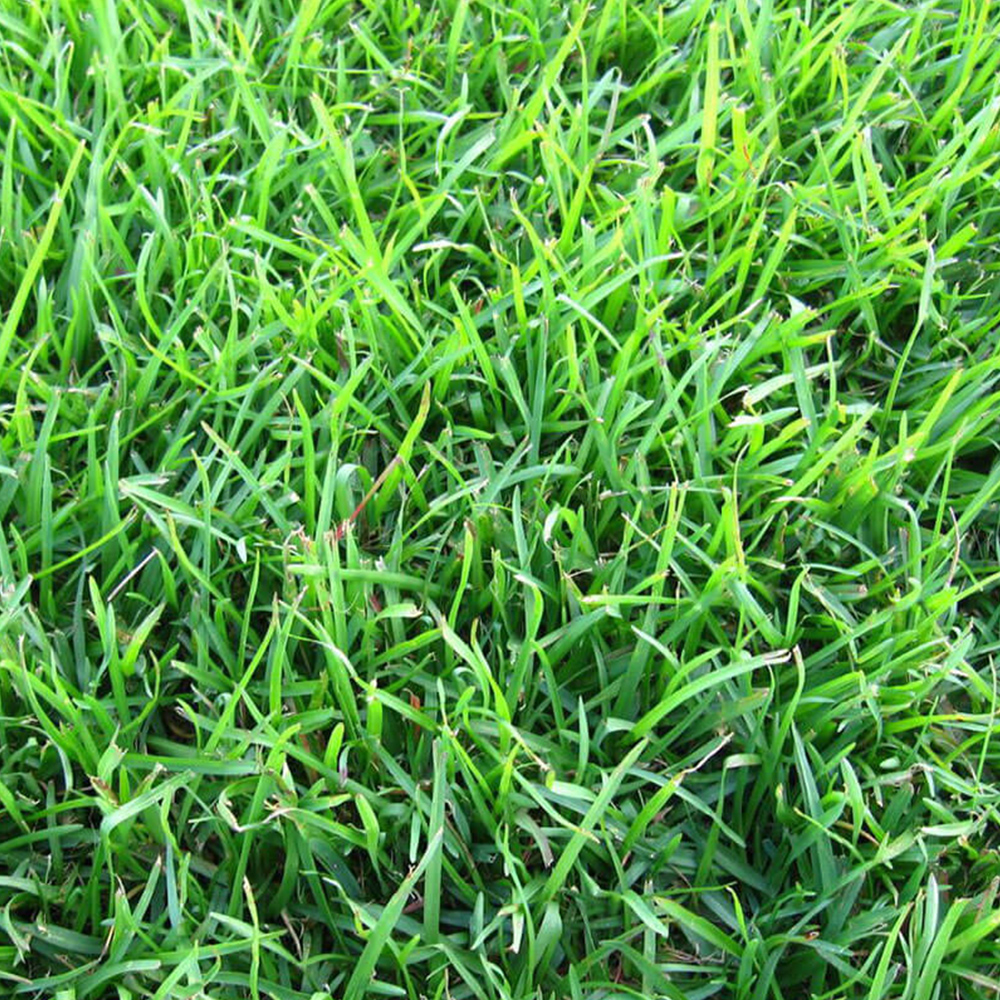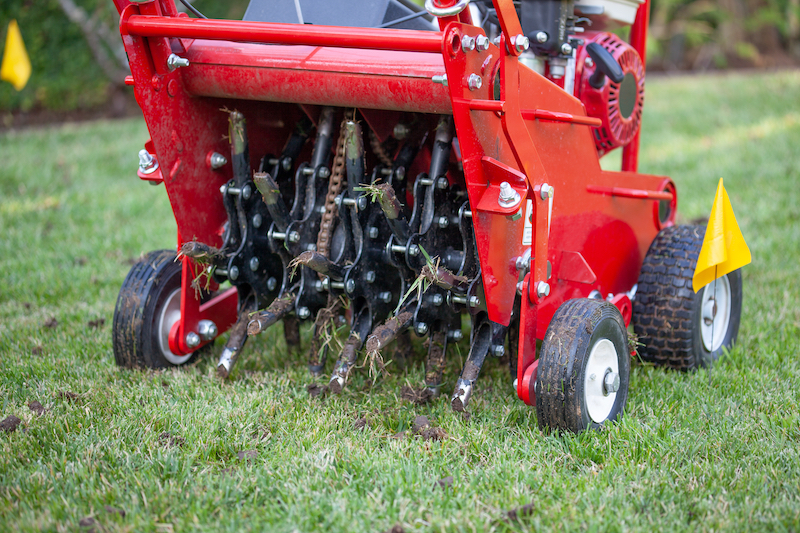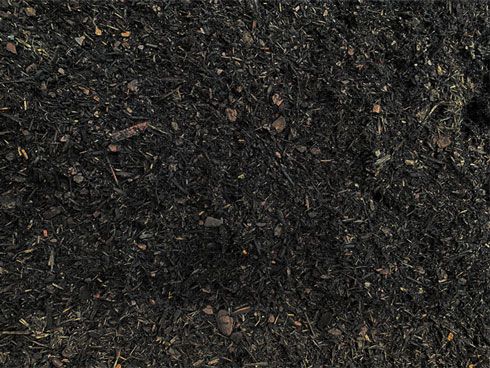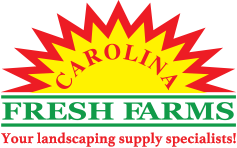
Centipede is one of the few turf grasses which perform well on acidic and infertile soils. Centipede grass has long been called the “Lazy Man’s Grass.” This is due to its slower-growing habit and lack of nutrients to grow. Many homeowners have complained of delayed spring green-up or even dead spots within their lawns. For the past four years, Clemson University has researched the effect of fertilization on centipede lawns. Although the research is ongoing, they have linked this phenomenon to over fertilization. Centipede grass grows best when no more than one to 2 pounds of nitrogen per growing season is applied to the lawn. The 20-0-25 EXPO will provide 1 pound of nitrogen in a form which will continue to feed the lawn for up to 10 weeks as well as slow release potassium to help the lawn become more drought tolerant.
Seasonal Maintenance for Centipede
SPRING
Mar 15 - Apr 30th
Soil Samples - Take soil sample to test for pH as well as fertility levels of your lawn.
Apr 1 - May 15
Fungicide: Headway, Armada, Eagle, or Pillar - Must rotate between these products
May 15 - May 21
20-0-25 EXPO - All the nitrogen the lawn needs. 0-0-7 Allectus - For the control of ants and grubs.
SUMMER
July 1 - August 1
6-1-11 7% Fe - Produces green color without flushing top growth late in the season.
August 15 - August 31
0-0-7 Acelepryn - Controls grubs and other insects such as fall armyworms.
August 15 - September 15
Fungicide: Headway, Eagle, Armada, or Pillar - Must rotate between these products.
FALL
October 1 - October 21
0-0-7 0.38% - Prodiamine prevents winter weeds such as Poa annua.
WINTER
February 21 - March 15
0-0-7 0.38% Prodiamine - Prevents summer weeds such as crabgrass
Maintenance Tips for Centipede

Mowing
Centipede should be mowed at a height of 1 ½ to 3 inches. Always remember that the more stress a plant is under, the higher the lawn should be mowed. The frequency of mowing will also vary depending on the growth of the grass. Most centipede lawns should be mowed every 7 to 10 days. During drought conditions, it would be best to mow the lawn once every two weeks. As with any other lawn, a consistent mowing interval will improve the quality of the lawn.

Watering
Centipede lawns require 1 to 1 ½ inches of water per week during the growing season. Irrigation of the lawn should be performed in the early morning hours of the morning just before daylight. This practice will avoid any rapid evaporation of water before it reaches the lawn, yet allow the leaf tissue to dry quickly after the sun rises. Do not water your lawn every morning for short intervals. This process will only encourage shallow root growth. Instead, water your lawn for long periods two to three times a week.

Aeration
Aeration has two purposes. The first is to simply loosen the soil. The second is to prune the roots. Core aeration is the recommended method and should be performed every two years on a typical home lawn during the growing season. If your lawn receives heavy foot traffic, it would be advisable to aerate every year. Aeration should be performed during the growing season.

Soil Basics
A practical understanding of your soil is essential in managing your lawn. Soil pH is perhaps the most crucial element. Most turf grasses perform best when the soil pH falls between 6.3 and 7.0. We recommend that a soil test is performed annually to check the pH values as well as other nutrient levels within the soil profile. Any Carolina Fresh Farms Turf Center will be happy to send your soil samples to our soil testing laboratory. Our soil testing program is a free service. All you need to do is bring in 4 cups of soil into the Carolina Fresh Farms outlet and we'll be able to help.

Specialty Products
Verde-Lawn Hydro improves calcium availability in the soil and in the plant while providing improved soil moisture retention. When applied at a rate of 10 pounds per 1000 sq ft, Verde-Lawn Hydro will raise the soil pH in most soils up to one full point. Use a fungicide that's granular or in the form of water dispersible granules. Headway controls a wider range of diseases than any other currently registered product, including dollar spot, brown patch and all other major turf diseases. Pillar G is a combination of two effective ingredients used to control and prevent numerous turf diseases. Eagle is an excellent long-term preventative control of most diseases in turf. Armada 50 WDG is available in water dispersible granules that require mixing with water and application via a backpack sprayer. It is effective against 16 of the toughest turf diseases and has a residual of 21 to 28 days.

Fungus Alert
Over the past few years, many lawn professionals have observed large-patch disease in centipede lawns in both the late fall and early spring. This disease is similar to brown patch in fescue which is prevalent throughout the Carolinas. In order to protect the investment in your lawn, you will need an application of fungicide in the fall as well as the spring. A simple application of a systemic fungicide such as Pillar, Armada, Eagle or Headway will help prevent and cure this disease. It is suggested that you rotate between fungicides to avoid any resistance of the fungus to the chemicals applied for control. A fungicide should be applied once at the first of May and again in mid-August.
